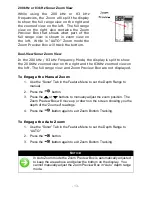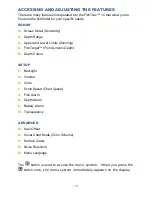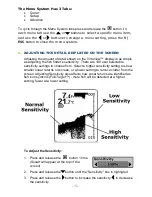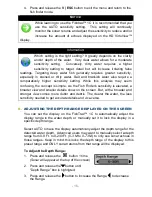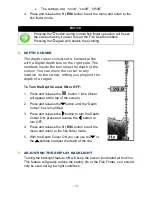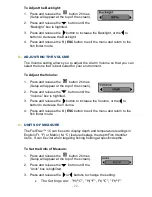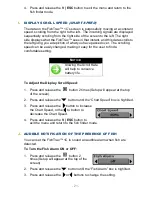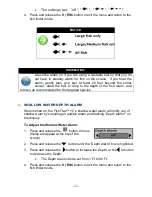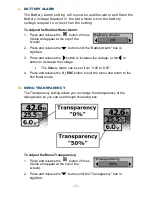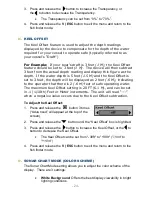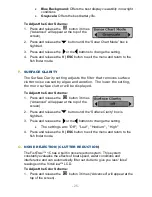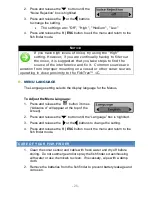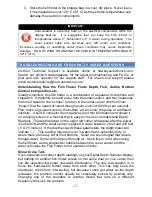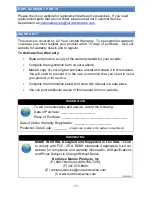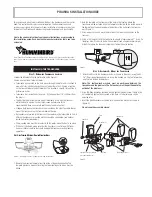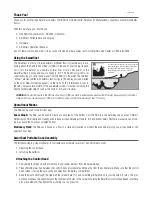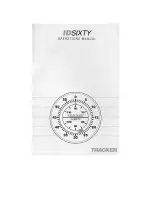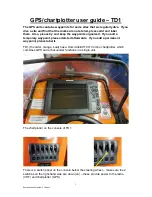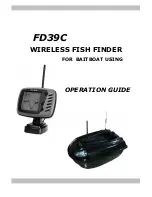
- 27 -
3. Store the fish finder in the storage bag in a cool, dry place. Never leave
it in temperatures over 120° F
(49° C)
as the extreme temperatures can
damage the electronic components.
I
MPORTANT
:
Cold weather is extremely hard on the electrical components within the
display housing. It is suggested that you keep the Fish Finder in
temperatures above 0° Fahrenheit
(-17° Celsius)
during operation. The
sonar sensor cable also becomes very stiff under cold conditions.
Excessive winding or unwinding under these conditions may cause irreparable
damage. DO NOT WIND OR UNWIND THE CABLE IN TEMPERATURES BELOW
32º F
(0º C).
TROUBLESHOOTING AND FREQUENTLY ASKED QUESTIONS
24-Hour Technical Support is available online at hawkeyeelectronics.com.
Search our online Knowledgebase for the latest troubleshooting and FAQ’s, or
post your own question for our support staff. For one-on-one support please
email customerservice@norcrossmarine.com.
Understanding How the Fish Finder Finds Depth, Fish, debris, Bottom
Contour/composition, etc.
Greatly simplified, this fish finder is a combination of a speaker, microphone and
stopwatch. It transmits a sound pulse from the sonar sensor, and then measures
the time it takes for the “echoes” to return to the sonar
sensor (the fish finder
"knows" that the speed of sound through water is about 4800 feet per second).
Fish, rocks, logs, weed, debris, the bottom, etc all “echo” the pulse at a different
intensity. A built-in computer then organizes all of this information and shows it
on a display screen in a manner that is easy for the user to understand.Depth
Readout. The depth readout on the upper left corner will appear after the power
is turned ON and the sonar sensor is placed in water between 2 feet and 240
feet
(.5 to 75 meters).
If the depth exceeds these parameters, the depth meter will
indicate “---”. This reading may also occur in water that is extremely dirty, or
where there are heavy silt or mud bottoms. Sonar is a sound signal that travels
through water. Sonar will not travel through air. Keep this in mind when using
the fish finder, as the smallest air bubble between the sonar sensor and the
water will cause the Fish Finder to not operate correctly.
Sonar Cross Talk
If you experience incorrect depth readings on your Digital Depth Sounder display,
but nothing on another fish finder screen on the same boat
(or vice versa)
then
you are experiencing sonar cross-talk interference. The only real solution is to
move the transducers further away from each other. This can help keep the
transducer cones from intersecting, but because cones get wider as the depth
increases, the problem cannot usually be completely solved by position only.
Changing one of the sounders to another model that runs on a different
frequency will solve the problem.

